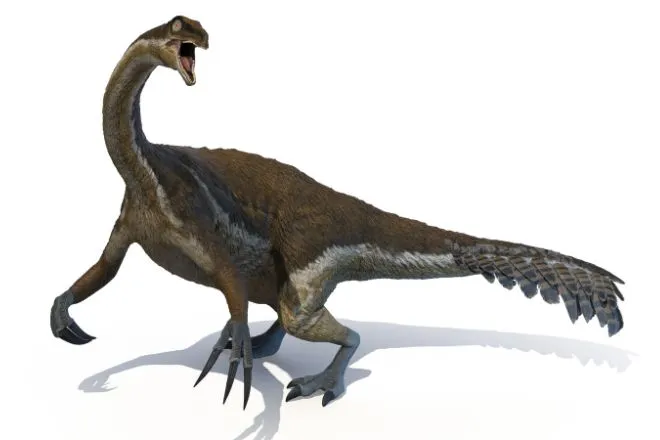
The difference between data migration and integration
It’s easy enough for your eyes to glaze over when you hear words like “migration,” “integration,” “analytics,” and “governance.” Still, each plays an essential role in companies that work closely with data. No matter your position in your company, it’s vital to have a fundamental understanding of your work. Read on to learn the difference between data migration and integration.
What is data migration?
When you think about data migration, you should picture birds flying south for the winter (it’s mostly a good analogy). Your data goes from one system to another. However, unlike birds, your data won’t return to the first system when the weather warms up; migrated data stays until your next system upgrade.
How do you migrate data?
The two main migration strategies are “Big Bang Migration” and “Trickle Migration.” The first gets completed in one go—you move all your data in one big bang. Unfortunately, both systems need to go down until the migration finishes. With trickle migration, data transfers over a little at a time, allowing you access to both systems during a migration.
With the right strategy, trickle migration is the safer way to go every time, even if it takes a little longer. When you want to migrate to an SAP system, things get a little more complicated, but trickle migration is still the way to go.
What is data integration?
Data migration moves down a one-way street toward a destination, while data integration is all about connections between systems and applications. It’s not a point A to point B situation but a harmonious sharing of information.
This helps you improve back-end processes and the customer experience since data doesn’t need to stop and start on its way home.
Now that you know the difference between data migration and integration, make sure you utilize both and that your data is where it needs to be.

















